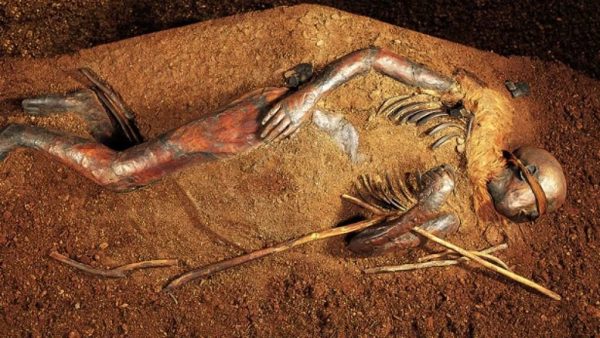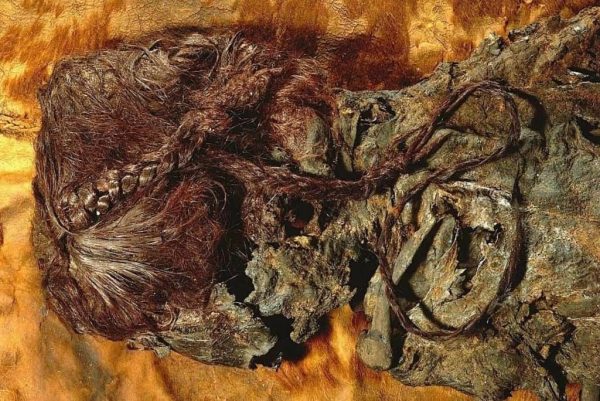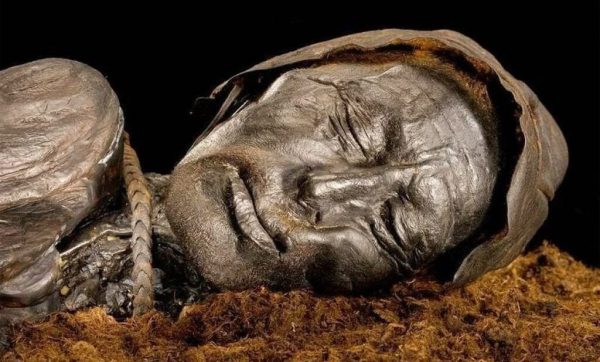Bog bodies, also known as the bog people, are ancient corpses remarkably preserved in the peatlands of Northern Europe. These peatlands appear to have served as mass graves from ancient times to the medieval period, with many bodies showing signs of violent deaths.

From kings to commoners, adults to children, each body tells a different story of life and death. The peat bodies provide a unique glimpse into the past, offering insights into the circumstances surrounding their deaths.
The remarkable preservation of bog bodies is attributed to the anaerobic and acidic conditions of peatlands in Europe. One such example is the Windeby Man, found in Northern Germany and dating back to 41 BC-118 CE.
Exquisite Preservation of the Bog Bodies

The state of preservation in some of these mummified bodies is so remarkable that their clothes and facial expressions are as they were when they were buried. Even stomach contents, skin, nails, and body hair are still present. These bodies are often discovered when workers drain sphagnum lands and extract peat moss. Documented discoveries of these bodies number around 1000 today.
Huldremose Woman
The Huldremose Woman, found in Denmark in 1879 and dating from the Iron Age (160 BC-340 AD), had a broken leg that had healed before her death. She wore a plaid cape, a scarf, and a skirt, all made of wool. A comb and headband were found alongside her.
Elling Woman
Discovered in Denmark in 1938, the Elling Woman lived around 280 BCE. She was found wrapped with sheepskin and a leather cloak, and experts believe she died of hanging in some type of ritual sacrifice. Her hair, styled in an intricate 35″ braid, is still visible today.

Tollund Man
The Tollund Man, found in Denmark in 1950, is one of the most disturbing bog bodies. With a peaceful and lifelike face, he appears to be sleeping. Radiographic images revealed signs of strangulation. Researchers believe he was a human sacrifice, as his body was carefully arranged, with closed eyes and mouth. Analysis of his intestinal contents indicated his last meal included barley, flaxseed, and knotgrass.
Old Croghan Man

Discovered in Ireland in 2003, the Old Croghan Man had several stab and slice wounds, indicating torture. Scholars estimate his height to be around 6′ 6″, suggesting possible nobility. His body was placed in a location associated with ancient kingship ceremonies.
Clonycavan Man

Also found in Ireland in 2003, the Clonycavan Man lived between 392 BCE and 201 BCE. He suffered head and chest injuries, indicating a violent death. His hair was styled in an ancient pompadour with a hair tie, and he used a hair preparation from the Iberian Peninsula, suggesting trade and potential wealth.





